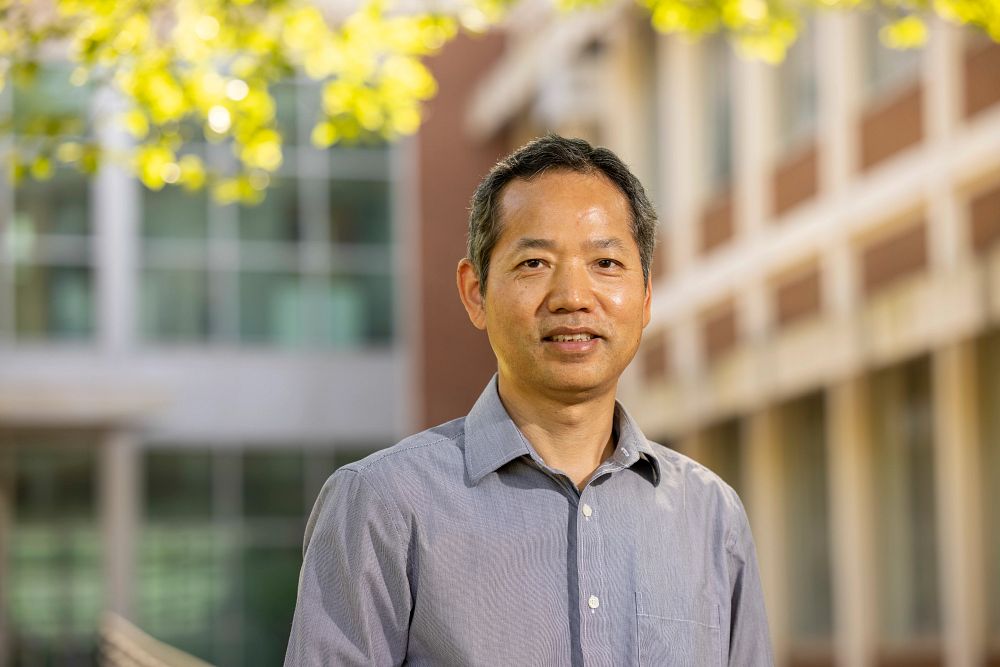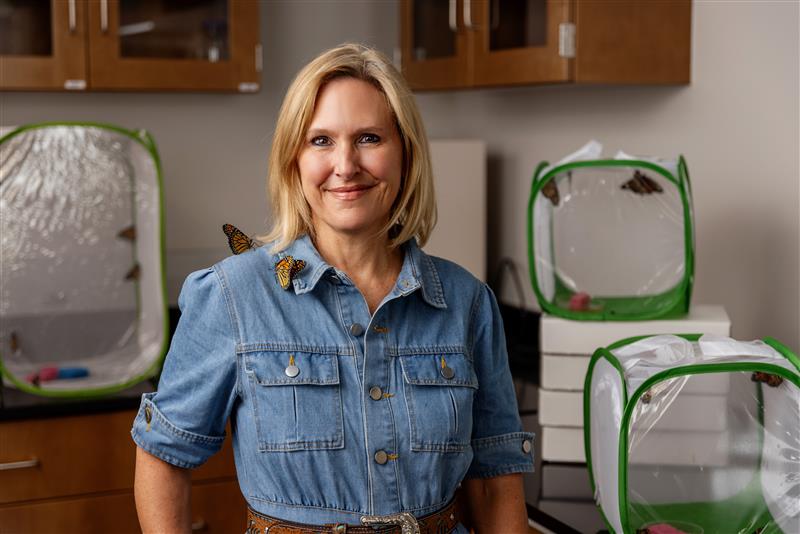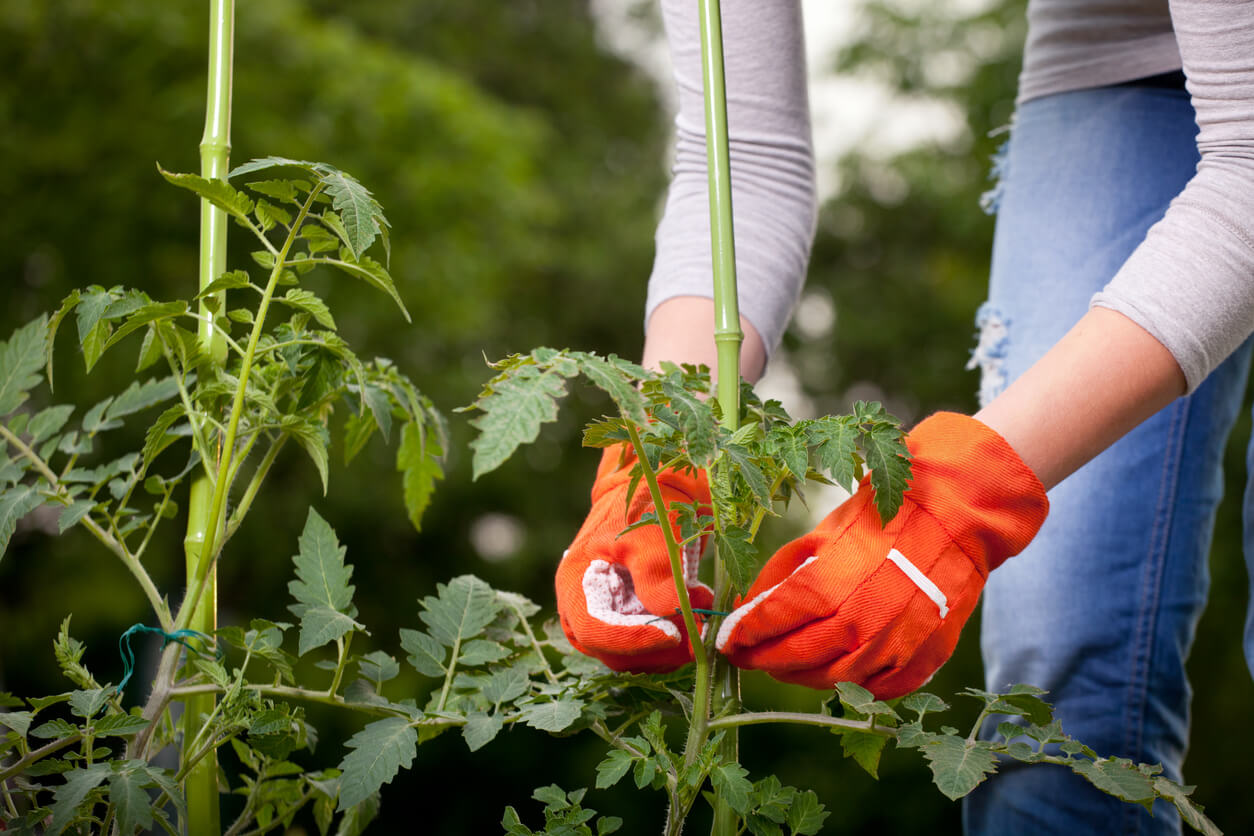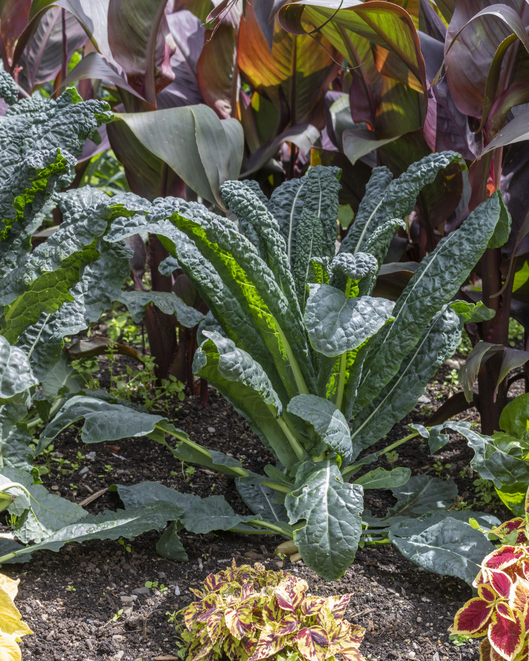When one of Patton Smith's patients ate a poisonous mushroom, the Monroe County doctor faced a dilemma: How could he treat the patient when he wasn't sure what kind of mushroom he ate?
"I have limited knowledge of mushroom biology, but it looked like a death cap mushroom which is extremely toxic," Smith said. "And his symptoms were very similar to that of someone who has eaten a death cap mushroom."
To make matters worse, Smith's patient didn't speak English. The Malaysian man ate a mushroom he picked outdoors and became ill hours later.
Never Eat Wild Mushrooms
"It may be common practice to eat wild mushrooms in his country, but it's not here," Smith said. "I was very concerned over how I was going to tell this man that his liver may begin to fail and he may even lose his liver."
Smith's primary objective was to identify the mushroom so he could quickly begin treatment. He first called the Georgia Forestry Commission, but was unable to get the answers he needed.
"Then someone in my office said, 'Call the Extension Service. I bet they'll know.'" Smith said.
The doctor called Monroe County Extension Agent John Pope, rushed to the hospital to take digital photos of the mushroom.
Minutes later, Pope was back at his desk, downloading digital images into his computer. He e-mailed the images to Ed Brown, a University of Georgia plant pathologist in Athens. Brown viewed the images, but was unable to identify it because the sample didn't include the stem.
Viewing a Piece Wasn't Enough
To correctly identify it, Brown needed a picture of an intact mushroom and a microscopic image of the mushroom's spores.
"Dr. Brown needed a microscopic image of the mushroom in order to determine which of two toxic mushrooms it was," Pope said. "Apparently two kinds are almost identical, but one is green-pigmented and one is white. Trouble is, you have to have a microscope to tell."
Pope headed back to the hospital to retrieve a better mushroom sample. In the meantime, one of the patient's friends returned to the site and picked an intact mushroom.
To get the microscopic image, Pope traveled to the Extension office in neighboring Jones County. "I knew Frank Sears, the Extension agent in Jones County, had a compound microscope in his office," he said.
Soon the new images were being transfered to Athens for identification. Once Brown had the new images, he consulted with UGA mycologist Charles Mims, and they identified the mushroom as Chlorophylum molybdites. The mushroom is highly toxic, but not as dangerous as the death cap mushroom.
A Relieved Doctor and Patient
 "This
was my first mushroom case, so I was really relieved when John
called back," Smith said. Earlier, Smith had thought he may need
to transfer his patient to another hospital. "If it had been
the death cap mushroom, he would have gotten sick much quicker
than he did. And, once John called me, he was beginning to show
improvement."
"This
was my first mushroom case, so I was really relieved when John
called back," Smith said. Earlier, Smith had thought he may need
to transfer his patient to another hospital. "If it had been
the death cap mushroom, he would have gotten sick much quicker
than he did. And, once John called me, he was beginning to show
improvement."
The digital cameras, county agents and UGA scientists that solved this problem are all part of UGA's Distance Diagnostics through Digital Imaging system. The system is now in 99 Georgia counties and is responsible for rapid diagnoses of a number of agricultural and medical problems across the state.
"The initial goal of this system was to improve the turnaround time in diagnosis to help farmers," said Brown, one of the developers of the system. "This reduces the amount of damage caused by a disease or a pest."
To use the system, farmers bring samples to their county Extension Service agent, who sends a digital image of the sample to the appropriate UGA scientist for diagnosis. The problems range from insects to diseases.
"The added benefit of this system is that we can identify problems other than just agricultural ones," Brown said. "I have identified mushrooms for years as part of my Extension assignment. I don't do it for medical reasons. I do it to help commercial growers."
Not The First Time
Over the past 30 years, however, Brown has identified mushrooms for medical reasons for Athens-area hospitals.
"I either go to a local hospital or someone brings in a sample," Brown said. "I'm not able to go to hospitals 200 miles away, but with the Distance Diagnostics system, I can provide the same help without leaving my office."
Since the project began in 1997, distance diagnostics has helped in several medical incidents involving poisonous plants and animals. And in the first two years alone, the system saved Georgians more than $17.7 million through its primary purpose: fast agricultural problem diagnoses.






